
Introduction to Trashiyangtse
Trashiyangtse, one of the newest dzongkhags (districts) in Bhutan holds within its embrace a wealth of natural, historical, and cultural treasures. Established as a distinct district in 1992, Trashiyangtse spans an area of 1,437 square kilometers, encompassing subtropical and alpine forests that contribute to its breathtaking landscapes. Visitors to Trashiyangtse are invited to immerse themselves in the rich tapestry of experiences offered by this ethnically and culturally diverse region.
1. Cultural Diversity of Trashiyangtse: A Melting Pot of Traditions
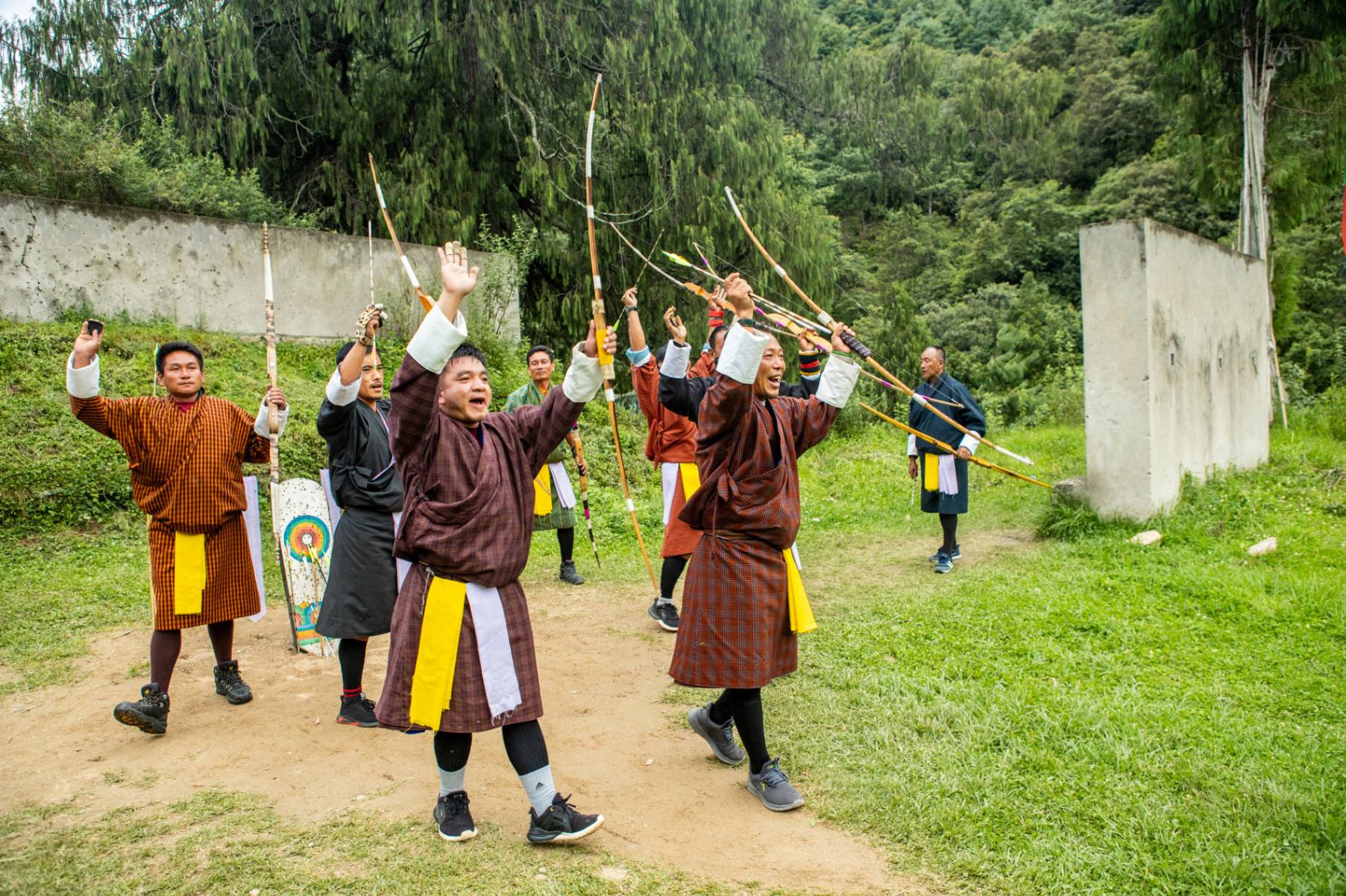
Ethnic Composition:
At an elevation ranging from 1750 to 1880 meters, Trashiyangtse boasts a diverse population comprising various ethnic groups. Among the indigenous dwellers are the Yangtseps, while other communities such as the Tshanglas, Bramis from Tawang, Khengpas from Zhemgang, and Kurtoeps from Lhuentse contribute to the region’s cultural mosaic.
Languages and Cultural Practices:
The cultural landscape of Trashiyangtse is enriched by the diversity of languages and cultural practices found within its boundaries. Three major languages are spoken in the district, including Dzala in the north, Tshangla (Sharchopkha) in the south, and Chocangacakha in Tomzhangtshen Gewog. This linguistic diversity reflects the region’s heritage and provides visitors with a unique opportunity to immerse themselves in Bhutan’s cultural tapestry.
2. Artisanal Heritage of Trashiyangtse: Mastering the Craft
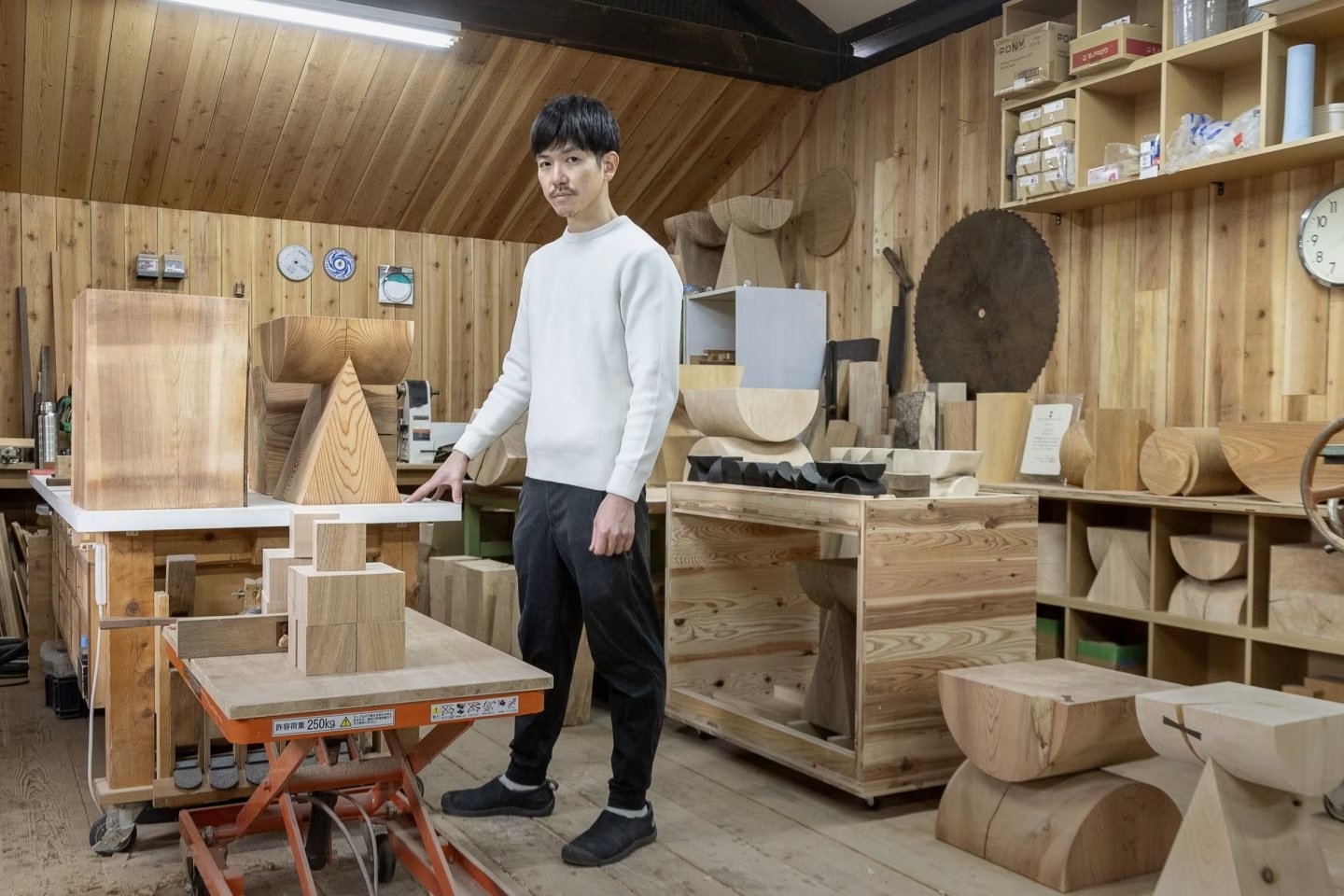
Woodworking and Paper Making:
The people of Trashiyangtse have honed their skills in woodworking and paper making to perfection. Renowned for their craftsmanship, they produce exquisite traditional wooden bowls and other artifacts that are prized not only within Bhutan but also beyond its borders. Visitors to Trashiyangtse have the opportunity to witness these artisans at work and acquire authentic handcrafted souvenirs as mementos of their visit.
School of Traditional Arts:
Trashiyangtse is home to the prestigious School of Traditional Arts, which plays a vital role in preserving and promoting Bhutan’s artistic heritage. As a sister school of the School of Traditional Arts in Thimphu, it offers instruction in six forms of art: painting, pottery, wood sculpture, wood-turning, lacquer-work, and embroidery. Visitors can explore the school’s workshops and witness firsthand the talent and dedication of Bhutan’s budding artists.
3. Natural Wonders of Trashiyangtse: Preserving Bhutan’s Biodiversity
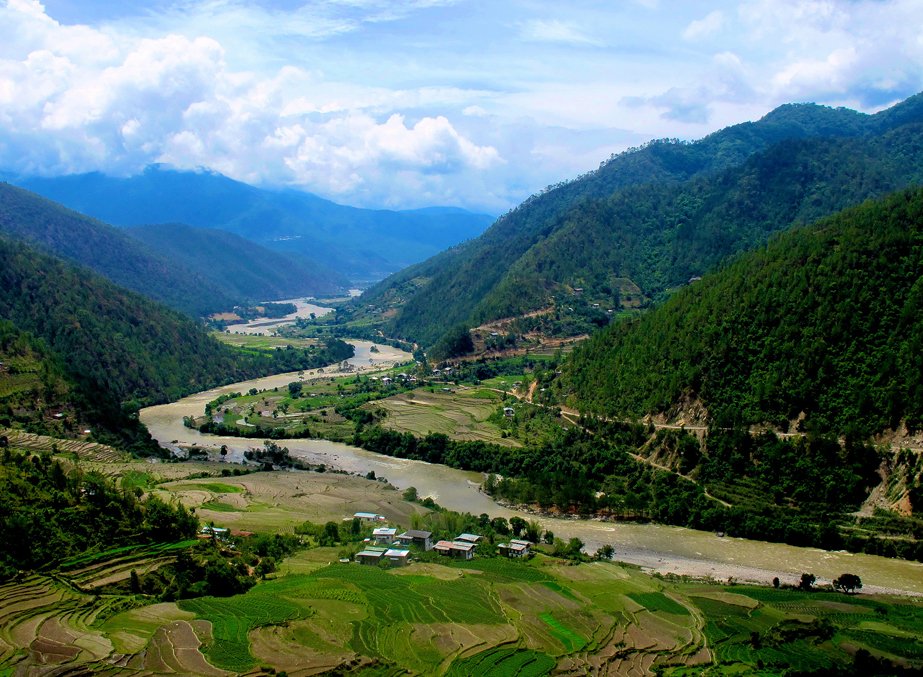
Kulong Chhu Wildlife Sanctuary:
Trashiyangtse district is blessed with an abundance of natural beauty and is home to some of Bhutan’s important protected areas. The Kulong Chhu Wildlife Sanctuary, established in 1993, is a testament to Bhutan’s commitment to biodiversity conservation. Part of the larger Bumdeling Wildlife Sanctuary, it encompasses the northern half of Trashiyangtse and serves as a sanctuary for a diverse range of flora and fauna.
4. Top Attractions in Trashiyangtse: A Visitor’s Guide
1. Bumdeling Wildlife Sanctuary:
As one of the premier attractions in Trashiyangtse, the Bumdeling Wildlife Sanctuary offers visitors the opportunity to explore pristine wilderness and encounter a rich diversity of wildlife. From elusive Himalayan species to rare avian treasures, the sanctuary provides a haven for nature enthusiasts and wildlife photographers alike.
2. Chorten Kora:
Chorten Kora, a stupa located on the banks of the Kulong Chhu River, is a sacred pilgrimage site revered by both locals and visitors. Its unique architectural design and spiritual significance draw devotees from far and wide, especially during auspicious occasions such as the annual Chorten Kora Festival.
3. Dechenphodrang Ney:
Nestled amidst lush forests, Dechenphodrang Ney is a sacred site revered for its spiritual significance. Pilgrims journey here to pay homage to the deity and seek blessings for health, prosperity, and happiness.
4. Gom Kora:
Gom Kora, a revered monastery perched atop a scenic hill, offers panoramic views of the surrounding landscape. Visitors can explore its ancient halls, adorned with intricate murals and sacred relics, and soak in the spiritual ambiance that pervades the site.
5. Gongza Ney:
Gongza Ney, a hidden gem tucked away in the pristine wilderness of Trashiyangtse, is a sacred pilgrimage site revered for its spiritual significance. Visitors can embark on a serene trek through dense forests to reach the ney and partake in offerings and prayers.
6. Ludlow’s Bhutan Swallowtail:
The Ludlow’s Bhutan Swallowtail, a rare and endangered butterfly species found in Trashiyangtse, is a symbol of the region’s rich biodiversity. Visitors can embark on guided nature walks to catch a glimpse of this elusive butterfly and learn about efforts to conserve its habitat.
7. Omba Ney:
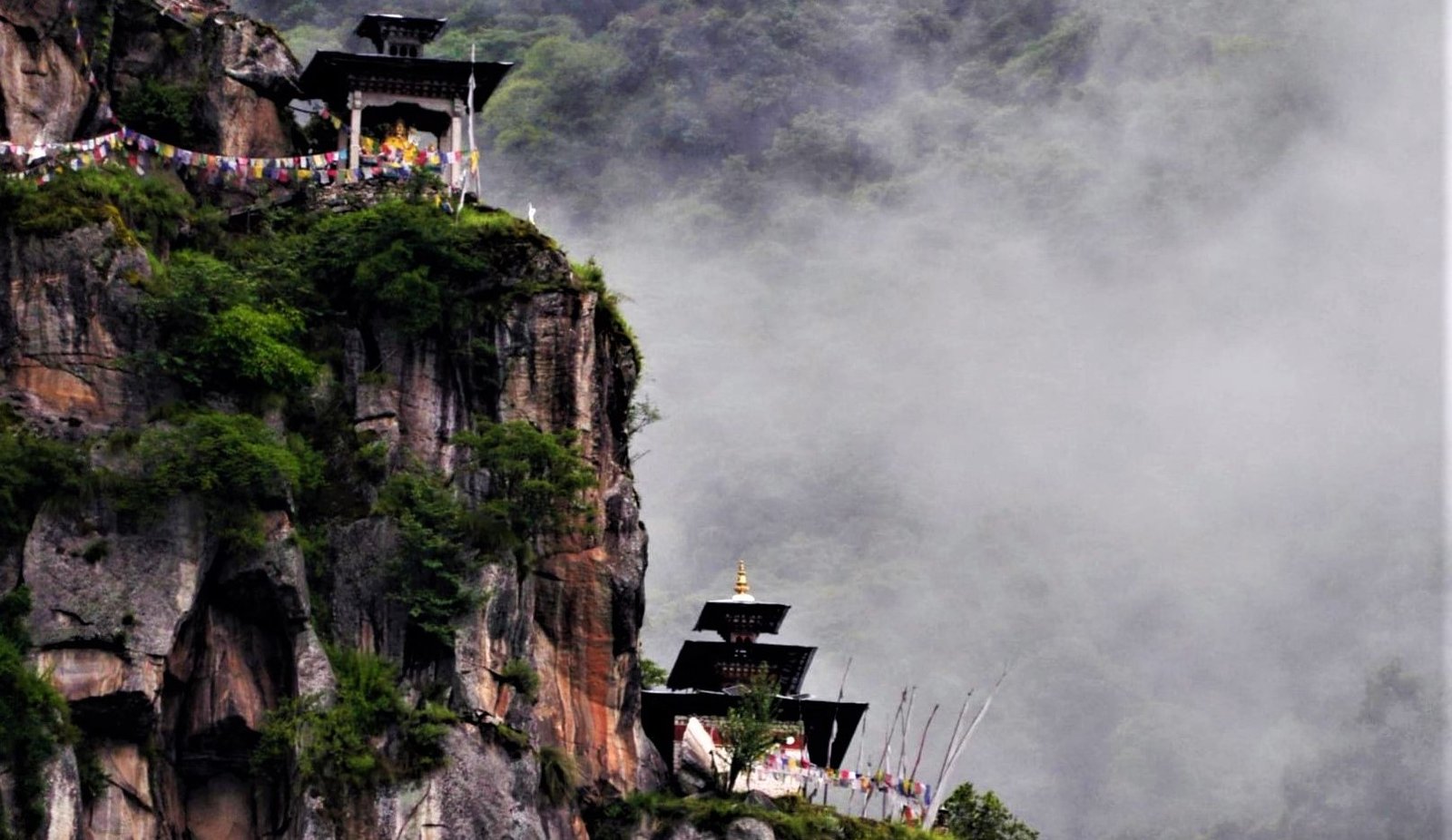
Omba Ney, nestled amidst pristine forests and gushing streams, is a tranquil retreat for spiritual seekers and nature enthusiasts alike. Visitors can immerse themselves in the serenity of the surroundings and connect with the divine in this sacred sanctuary.
8. Pemaling Ney:
Pemaling Ney, a sacred pilgrimage site nestled amidst verdant hills and pristine forests, offers visitors a glimpse into Bhutan’s rich spiritual heritage. Pilgrims journey here to seek blessings and offer prayers, immersing themselves in the tranquility of the natural surroundings.
9. Rigsum Goemba:
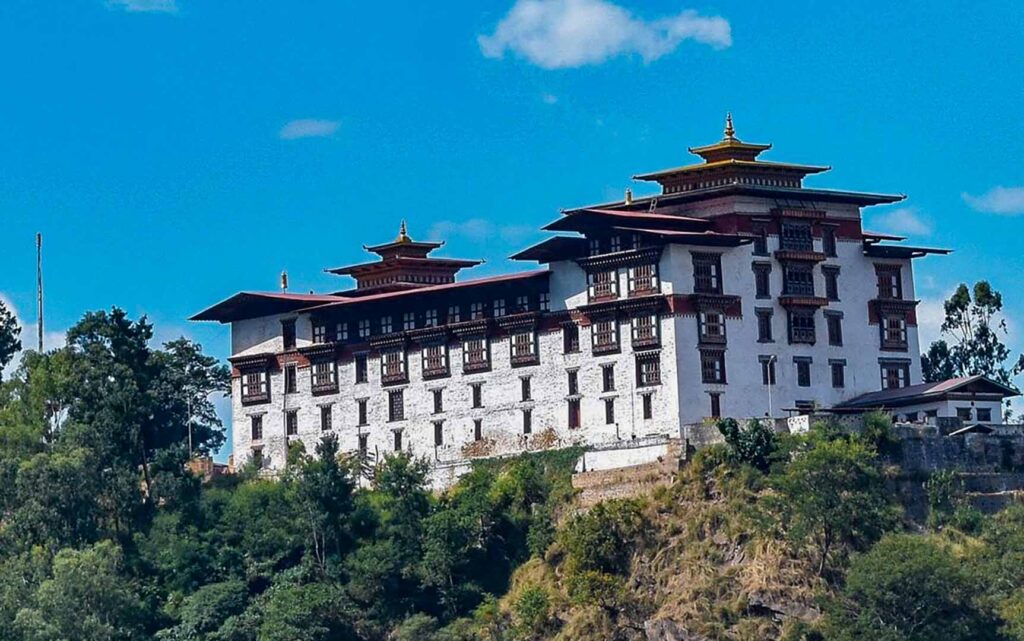
Rigsum Goemba, a serene monastery nestled amidst picturesque landscapes, offers visitors a tranquil retreat from the hustle and bustle of modern life. With its ancient architecture and spiritual ambiance, it serves as a sanctuary for meditation and reflection.
10. Trashiyangtse Dzong:
Trashiyangtse Dzong, a majestic fortress perched atop a hill, is a testament to the region’s rich architectural heritage. Visitors can explore its intricate woodwork, towering ramparts, and sacred shrines, and immerse themselves in the history and culture of Trashiyangtse.
11. Wood Carving in Trashiyangtse:
The art of wood carving holds a special place in Trashiyangtse’s cultural heritage, with artisans showcasing their mastery through exquisite craftsmanship. Visitors can witness these artisans at work, carving intricate designs and breathing life into pieces that reflect Bhutan’s artistic legacy.
Conclusion:
In conclusion, Trashiyangtse extends an irresistible invitation to travelers, boasting a captivating fusion of natural splendor, cultural richness, and spiritual profundity. From sacred pilgrimage sites to pristine wilderness areas, the district offers a diverse range of experiences for visitors to explore and cherish.
Whether embarking on a spiritual journey, immersing oneself in traditional arts, or marveling at the wonders of nature, Trashiyangtse promises an unforgettable adventure that resonates long after the journey ends. As one of Bhutan’s hidden gems, Trashiyangtse invites visitors to discover its secrets and embrace the timeless allure of this enchanting destination.

